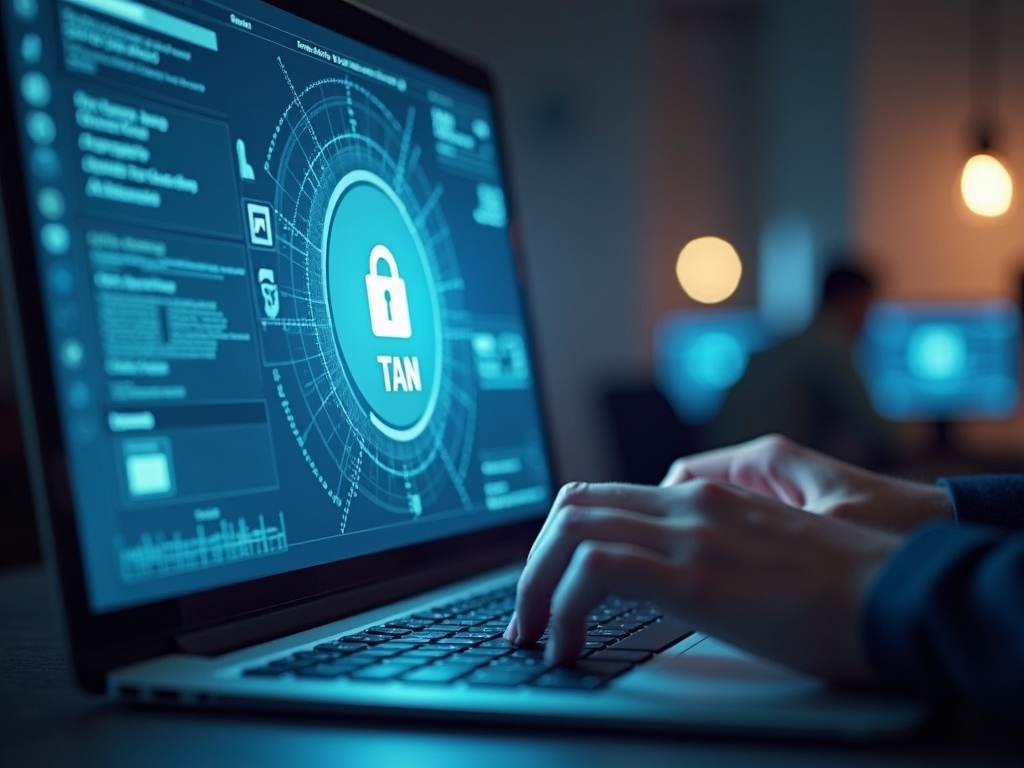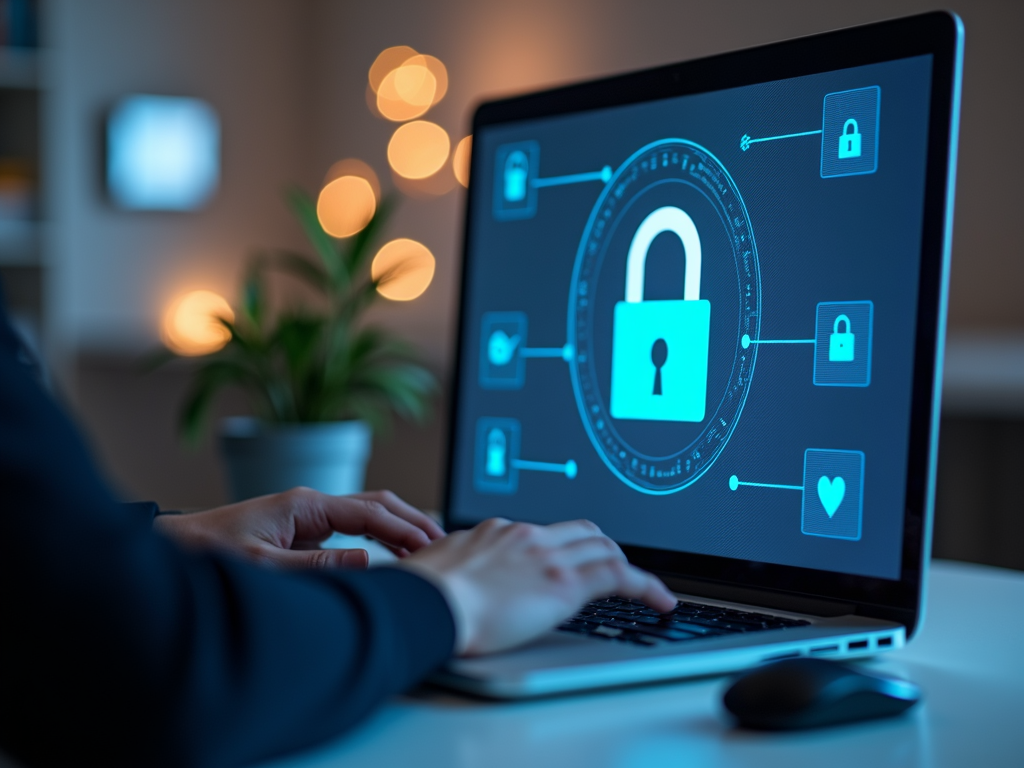Online banking has become an essential tool for investors and private savers who wish to manage their finances conveniently and efficiently. However, with convenience comes the responsibility of protecting your data. In this article, we highlight the main security procedures such as TAN, mobileTAN, and pushTAN, and provide valuable tips to make your online banking experience secure. Discover how each of these methods works and what measures you can take to protect yourself from potential threats.
Effective Security Procedures in Online Banking: Protection Through Technology

Online banking revolutionizes the way we manage our finances, but it also brings security risks. Fortunately, there are numerous security procedures available that significantly enhance the protection of your banking operations.
Two-factor authentication (2FA) is an essential security measure and, since 2019, mandatory in Europe. It integrates the entry of username and password with a second security factor, often provided via an app, TAN generator, or SMS. While SMS-based solutions like the SMS-TAN method are increasingly considered insecure, modern 2FA methods that use biometric features such as fingerprints or facial recognition offer a high level of security.
The TAN method has also evolved significantly over time. Traditional paper TAN lists are now outdated and classified as insecure. Modern alternatives such as chipTAN and pushTAN offer much higher security. ChipTAN generates the transaction number on a special device that can only be used with the bank card, while PushTAN works via a secure app and establishes a direct connection between you and your bank.
To further strengthen protection beyond the mentioned technological methods, it is essential to use secure connections. An encrypted website, recognizable by the URL beginning with ‘https://’ and the padlock symbol, ensures secure data transfer. Using a VPN (Virtual Private Network) can be particularly useful when you have to use public networks.
In addition to these measures, the security of devices should not be overlooked. Ensure you use complex passwords and keep your software updated to close any known security vulnerabilities. Installing antivirus and anti-malware programs is crucial to detect and neutralize harmful software early.
In summary, by integrating these security procedures and maintaining continuous awareness of security threats, your online banking will not only become safer but also more efficient. Technological advancements allow us to find a balance between usability and security, so it is important to actively utilize the technologies available.
Safe Behaviors in Digital Banking: A Comprehensive Guide

Using online banking offers undeniable advantages in terms of convenience and flexibility, but security should never be overlooked. To ensure that your financial transactions in the digital space are protected, you can adopt a series of precautions.
Avoid public Wi-Fi networks: Open networks may seem tempting, but they are a paradise for cybercriminals. These networks allow hackers to easily intercept unencrypted data. Instead, you should use mobile data or a reliable VPN connection to ensure the security of your personal information.
Constantly update your devices: Security updates are not just annoying; they are crucial defense measures against known security vulnerabilities. Make sure your computer, smartphone, and especially all the banking apps you use are updated. Antivirus programs integrate this layer of protection by blocking access to harmful software.
Use two-factor authentication: 2FA has proven to be an effective solution to prevent unauthorized access. It is advisable to prefer authentication apps over SMS-based solutions, as the latter are more susceptible to interception attacks.
Use strong and unique passwords: Use passwords that consist not only of letters but also of numbers and special characters. It would be even better if you used a password manager, which facilitates regular changes and secure storage. Your password should never be stored on easily accessible digital devices.
Be cautious of phishing threats: Do not be fooled by misleading emails. Scammers are skilled at imitating official communications to steal your data. Do not open attachments or click on links without first verifying the legitimacy of the sender. Rely on anti-spam filters to reduce the likelihood of harmful interventions.
Regularly monitor your finances: Not only unusual activities but also mistakes from your bank can be discovered through regular account statements. Immediately inform your bank about suspicious transactions so that they can react promptly.
Following these security measures will significantly reduce the likelihood of fraud and greatly enhance the security of your online banking experience. By prioritizing caution, you will navigate not only more securely but also more peacefully in the world of digital finance.